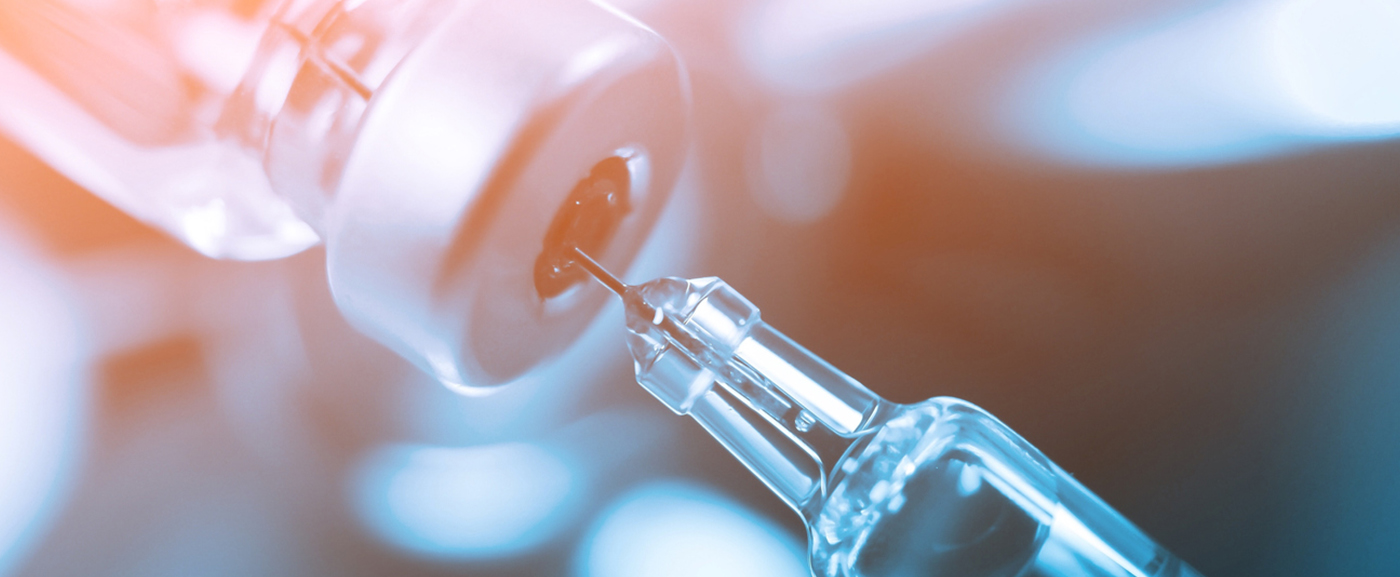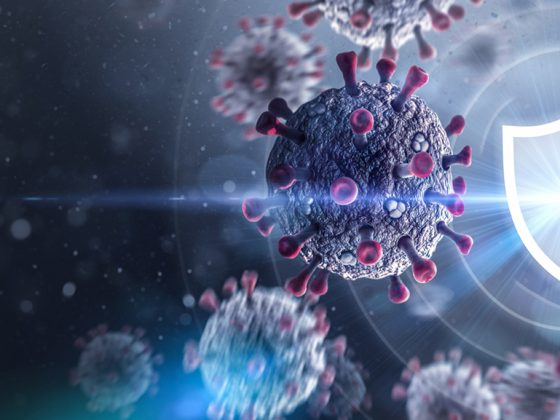Early in the coronavirus pandemic, increased activation of blood clotting was noted in patients with COVID-19 infection. Coagulation studies at the University Hospital of Tübingen now show that platelets from severely ill COVID-19 patients are in a pro-thrombotic state, which is probably one of the reasons why patients infected with SARS-CoV-2 in particular have such frequent thromboembolic events.
The results of the research group led by Professor Dr. Tamam Bakchoul, Medical Director of the Center for Clinical Transfusion Medicine gemeinnützige GmbH (ZKT) in Tübingen, and Prof. Dr. Peter Rosenberger, Medical Director of the Department of Anesthesiology and Intensive Care Medicine, were recently published in the scientific journal “Blood” and provide valuable information for improving coagulation therapy (anticoagulant therapy) in COVID-19 patients.
Increased platelet activation cannot be inhibited by standard therapies such as taking aspirin. On closer inspection, platelets showed signs of apoptosis (cell death) and procoagulant surface changes. The binding of defense substances (antibodies) to the platelets triggers the procoagulant state. “This is one of the central cellular processes, so-called the pathomechanisms, in organ failure caused by SARS-CoV-2,” emphasizes Prof. Dr. Peter Rosenberger.
Now, for the first time, scientists have succeeded in identifying an antibody-mediated pathway that causes this pro-thrombotic signaling in SARS-CoV-2 infected ICU patients. Here, antibodies bind directly to platelets and trigger complex changes in the platelets. On the one hand, a small proportion of platelets die, while another part change their surface in such a way that they further promote thrombosis. Even though the activation pathways have been elucidated in this work, it still remains unclear what exactly these antibodies target. “With our findings, we hope to identify new therapeutic options in the prevention of thromboembolic events, especially in intensive care patients,” confirms Prof. Tamam Bakchoul, MD. In a second step, the pathomechanisms will now be further elucidated: “Based on this, we hope to be able to reduce the thromboembolic risk of SARS-CoV-2 infected patients in the intensive care unit by means of more targeted anticoagulation,” confirms first author Dr. Karina Althaus.
Original publication:











